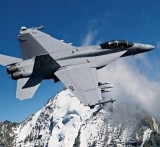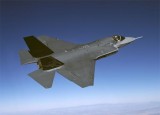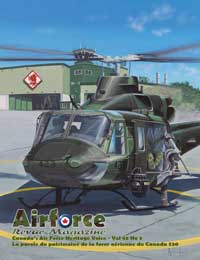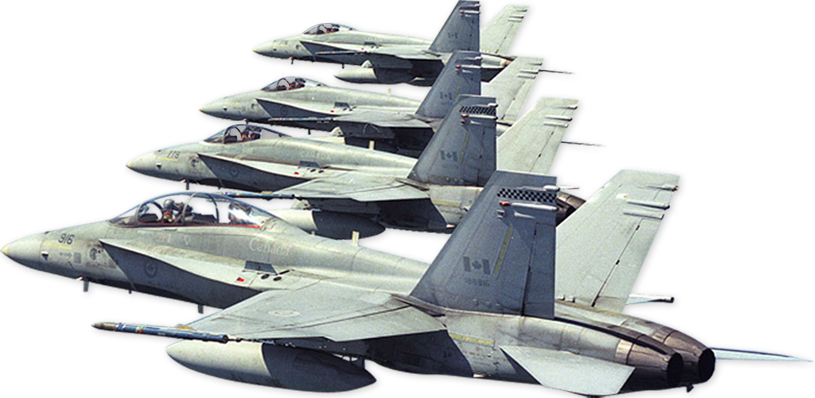
 Replacing the Canadian Manned Fighter Capability
Replacing the Canadian Manned Fighter Capability
Issue: Replacing the Canadian Manned Fighter Capability.
Background
- There is no substitute, now or in the foreseeable future, for manned fighter aircraft, which have played an important role in the capabilities of the Canadian Forces. They have enabled air defence of Canadian airspace through partnership with the United States in NORAD (North American Aerospace Defence Command). As a deterrent during the Cold War, Canadian fighters were based in relatively large numbers in Europe with an ability to project force. They participated actively in the first Gulf campaign. Later in the 1990s, they were deployed to Aviano in Italy in conjunction with the Kosovo air-to-ground and air-to-air campaign. Since September 11, 2001 the need for air power to counter the potential terrorist threat has increased the importance for fighter protection of Canadian interests. Although it is taken for granted by many, the NORAD commitment continues to be an enduring role for the CF18 in the defence of Canada. Additionally, the need for air support to expeditionary operations continues, as witnessed by the current NATO mission in Afghanistan. This air support has been provided to Canadian troops by our NATO partners.
- CF18s are now one of the few means which Canada has to project air power. A significant investment is currently being made to upgrade 79 of the aircraft to modernize the capability ensure operational relevance to their estimated life expectancy in the 2017-2020 timeframe. There is every indication that there will be a continuing need for a manned fighter capability, both domestically and abroad.
- Fighter aircraft can provide significant firepower at a relatively low incremental cost of employment. They can be used to ensure freedom of action in the air, destruction of targets on the ground over vast geographic areas and rapid support to ground forces in contact with enemy forces. The employment of Canadian fighters in support of Canadian troops is consistent with the stated CF intent to operate using integrated joint task forces and would present an excellent opportunity to exploit this capable, modernized resource.
- In addition to power projection, fighter aircraft provide an intelligence, reconnaissance and surveillance capability that is fundamentally important to the spectrum of missions cited in the Canada First Defence Strategy. Their inherent speed, agility, range, endurance (with refuelling support) and rapid response, combined with ever-evolving communications and electronic sensors, all enhanced by the critical person-in-the-loop flexibility, can perform demanding roles at home and on expeditionary missions in support of land and maritime force
AFAC Position
- There are capabilities which can only be provided by a manned fighter aircraft. Although uninhabited aerial vehicles will become increasingly capable in the years to come, there is unlikely ever to be a real alternative to fielding a manned aircraft in many situations, both domestically and on international missions. No uninhabited aerial vehicle will likely ever be able to equal the capability and flexibility inherent in the fighter man-machine interface, that is, the ability to observe, orient, decide and act where action is needed, and in real time.
- Future manned fighters will be needed in sufficient numbers to enable appropriate coverage of our large country (including the ever-more-important North), to enable the deployment of a reasonably-sized contingent (as was done during the Kosovo campaign), and to be able to surge when needed (as was the case immediately after 9/11). Acquisition of the appropriate modern weapons to ensure that the aircraft can continue to be effective as a multi-role fighter will also be needed, along with the necessary in-service support of the fleet. Additionally, interoperability with key allies and coalition partners must be a major consideration in the weapons system chosen.
- The time is approaching to consider replacement of the CF18 fleet, with the need to sign a contract in about 2012. The Canada First Defence Strategy, released in May of 2008, confirms the Government?s commitment to a manned fighter capability and its affordability in the long term defence budget. A careful analysis of future needs is underway to develop a basis for the design of an effective fighter force and to determine the specific requirements of a next-generation fighter. The next steps include the need for the Government to grant the approval necessary for acquisition to proceed, be it through a competitive process or by the down selection of a specific product.
Messages
- Canada will continue to need a manned fighter fleet for the foreseeable future. They are an essential element to the sovereignty and defence of our vast country, a role which has taken on new importance since 9/11. They are our only means of projecting the full spectrum of air power abroad and have done so effectively in the past.
- The investment being made to update and extend the CF18 fleet is needed and appropriate. The Government must now address the need for a next-generation fighter, as stated in the Canada First Defence Strategy.
- A decision to proceed with acquisition of a new manned fighter should be considered soon to permit the process to proceed, ending in the timely signing of a contract and the orderly transition from the current fleet to a new one.








